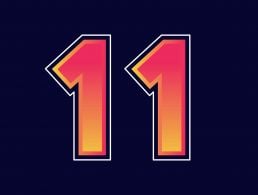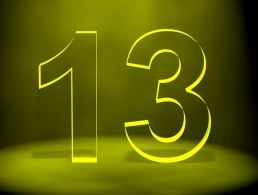As one of the most versatile programming languages, Ruby has lots of uses, including web development, data processing, DevOps and automation.
The official website for Ruby calls it a “programmer’s best friend” before adding that its fans call it a “beautiful, artful language”. It has been on the scene since the 1990s and since its release, it has amassed a collective of dedicated users. Whether you agree with their verdict on Ruby or not is up to you, but if you are interested in learning a little bit more about Ruby and its potential uses, we have compiled some resources, tips and learning paths here.
Ruby is an open-source language, so it is free to use, alter and distribute. It’s an object-oriented scripting language, which basically means everything is an object and every piece of information and code can be given its own properties. Ruby is often compared to Python, which is similar although not fully object-orientated.
Ruby’s creator used some parts of other languages like Lisp and Perl to create it. He intended it to be easy to follow, read and write for developers. It is also a cross-platform language, so code written on one operating system can run on most others.
Ruby on Rails
If you’ve heard of Ruby, you will have heard of Ruby on Rails, an open-source web development framework that was written in Ruby and released in the 2000s. The Rails framework is used by thousands of well-known websites such as Zendesk, Square, Airbnb, Twitch and Urban Dictionary.
It is a good tool for developers who want to cut code-writing time to focus on other areas, such as business growth. The framework has pre-written Ruby code for a lot of tasks so both are very complementary of each other and if you’re learning Ruby you should check out the Rails framework to get the most out of it.
Ruby’s other uses
As well as web development, Ruby is used for things like static site generation, data processing, web servers, web scraping and crawling and DevOps and automation.
Learning Paths
If you’re a novice and you aren’t fully sure whether Ruby is best for you or whether Python might be more suited to your needs, you should decide which language to learn before you make the leap (SiliconRepublic.com has also written a guide on Python skills, for those interested). Both are good for different things and different developers swear by both for different reasons. This article by Coursera breaks down the differences between Ruby and Python very clearly.
If you are set on learning Ruby, the language’s own website is full of good resources and pointers and should be your first port of call. The documentation section walks you through installing Ruby and it has reference documentation and answers to frequently asked questions all in one place.
There are also a lot of Ruby and Ruby on Rails beginner courses on various e-learning platforms. This free beginner Learn Ruby course by Codecademy only takes around 10 hours to complete. After that you could progress on to the Learn Ruby on Rails course which is for intermediate-level learners.
The GoRails community also has loads of tutorials for people who want to learn more about Ruby on Rails.
10 things you need to know direct to your inbox every weekday. Sign up for the Daily Brief, Silicon Republic’s digest of essential sci-tech news.




